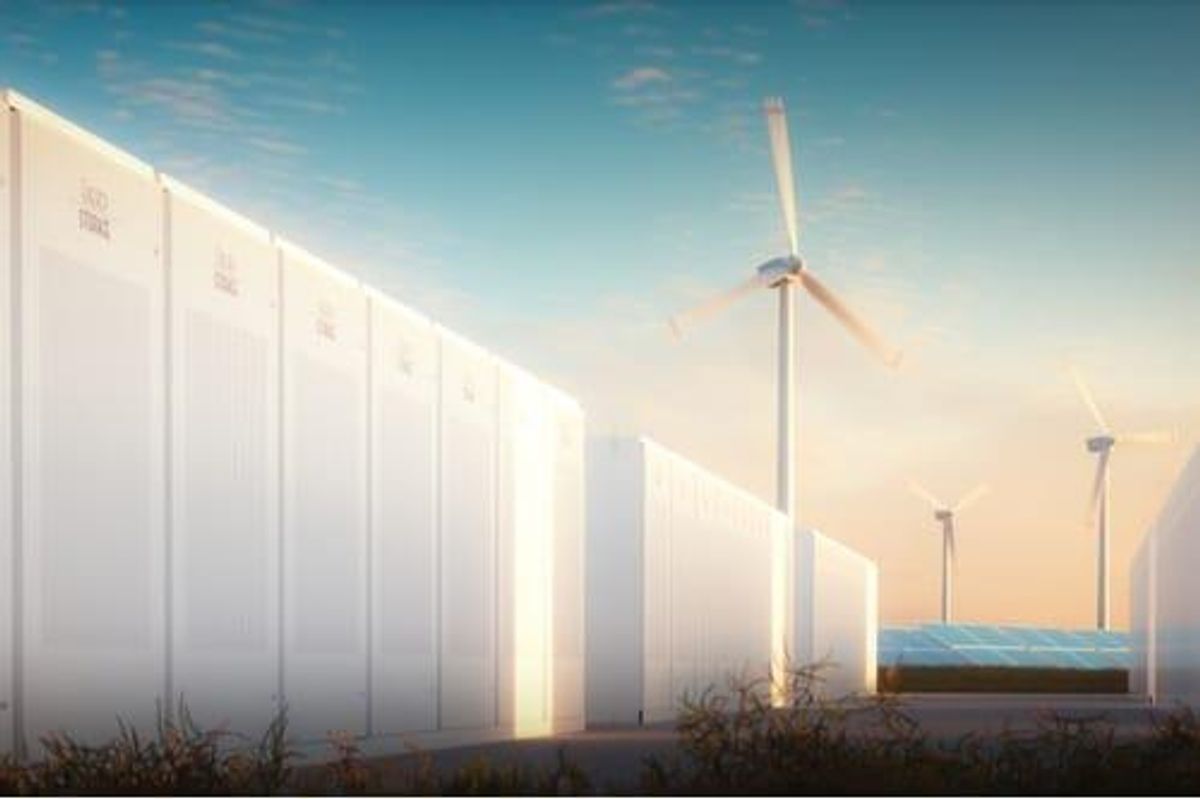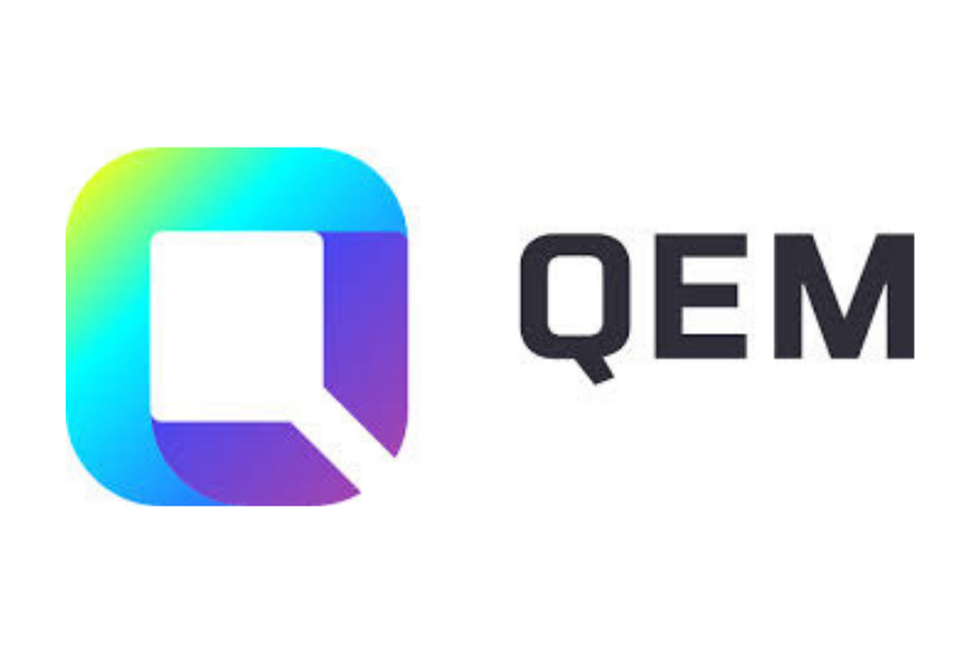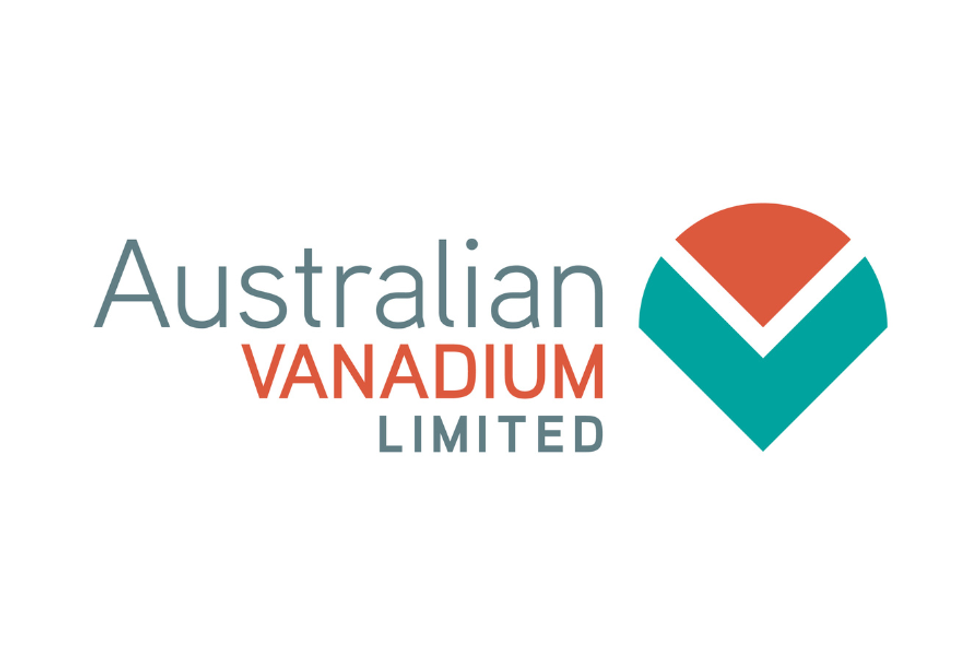
What happened in the vanadium space in H1 2020? Here’s an overview of the main factors that impacted supply, demand and prices.
Click here to read the latest vanadium market update.
At the end of last year, experts expected the vanadium market to remain balanced, setting their sights on developments in China in terms of higher demand or lower supply, but 2020 has been a year of uncertainty for all commodities as COVID-19 hit the world.
Most vanadium output is used in China, where the coronavirus outbreak began, for steel applications, particularly the high-strength, low-alloy steel used to make construction rebar.
With the first half of the year now over, the Investing News Network (INN) caught up with analysts, economists and experts alike to find out what’s ahead for vanadium supply, demand and prices.
Vanadium market update: Price performance
During the first six months of the year, vanadium prices performed more or less in line with Roskill’s expectations.
The expected de-synchronisation between China and the rest of the world happened with steel production increasing in China, supported by infrastructure and other stimulus measures, while falling in the rest of the world as a result of imposed lockdowns, Principal Consultant Erik Sardain said.
“In 2020, because of infrastructure programs, steel production in China is likely to reach an all-time high, and may break the 1 billion tonne mark,” he told INN. “This provided support for vanadium as rebar, used for infrastructure and construction, takes 85 percent of vanadium usage in China.”
As a result, demand for ferrovanadium was reasonably strong in the Asian country.
“(This), combined with a constrained supply translated into a relatively tight market and stronger V2O5 prices at US$6.90 per pound,” he told INN. “In the rest of the world, the drop in steel production translated into low V2O5 prices (at around) US$5.30.”
Also commenting on prices, Willis Thomas of CRU told INN that prices have shifted significantly in the last 6 months.
“Vanadium prices in China, which were priced at a discount to Western vanadium prices, are now at a premium, as a result of strongly returning Chinese demand for vanadium from the production of steel,” he said.
Thomas explained that a hampered ability to expand domestic supply, due to environmental and trade restrictions that cut off vanadium units, which formerly entered the Chinese vanadium value chain, keeps domestic vanadium dear when steel production surges.
“While demand for steel, and thus for vanadium, has waned in the World ex. China, prices have fallen to near the cost floor for producers,” he said. “At the same time Chinese domestic prices have risen in response to domestic demand.”
John Meyer of SP Angel told INN ferrovanadium prices have improved as expected in China, but have disappointed in Europe and the US.
“We now expect the US to start to catch up, particularly if new stimulus funding is approved,” he said. “European prices may remain depressed for awhile longer due to slower economic recovery and a focus on funding automotive in preference to infrastructure.”
He added that Chinese prices may soften for a few weeks due to flooding, but are likely to resume their appreciation from August onward.
Vanadium market update: Supply and demand
As the second half of the year begins, Roskill forecasts demand in China will remain strong.
“We could possibly see a slowdown in H2 as construction traditionally peaks in Q2 (seasonal factors),” Sardain said. “However, this year may be different if the government keeps pushing infrastructure to support the economy. In the rest of the world, demand should rebound, most probably after summer but the magnitude of the rebound is still a big question mark.”
Without a strong economic rebound in the world outside of China, steel production seems unlikely to have a strong rebound in the West, according to Thomas.
“Chinese demand may be the water that raises all boats though,” he said. “Should it be, we would likely see further imbalances in global prices and a potential permanent change to more than a decade’s long flow of strong net exports of vanadium units from China to the rest of the world.”
Looking ahead, Meyer believes that as more governments commit to renewable energy post-COVID-19, vanadium demand could see a boost in the coming years.
The battery metal is key in vanadium redox flow batteries (VRFBs), which have the ability to store extensive amounts of energy. Meyer said that rising ferrovanadium prices combined with new orders for VRFBs should create new investor interest as stimulus projects drive demand.
He pointed to new stimulus funding, which is being channeled into renewable energy generation, with US$35 billion committed to offshore wind farms in the first half of 2020 — that’s up 320 percent year-on-year.
“Increased use of wind and solar power generation requires more grid-scale battery capacity,” he said. “VRFBs are a key solution to this problem and should be a significant demand driver in future years.”
For Sardain, VRFBs remain the main wild card in terms of demand.
“Although we believe that the development of the technology will translate into a potential new avenue for vanadium demand, we expect it to be very gradual and not a big demand component until the end of next decade,” he said.
For his part, Thomas said investor interest in vanadium redox batteries will increase.
“Certainly, we would expect VRFB projects to go forward as part of some of these green stimuli, but will this be more vanadium based storage than would have been expected in a 2020 without COVID-19? So far it has been less, and the early results do not look like we will catch up by the end of the year,” he said.
On the supply side, it is unlikely that new projects will come online any time soon, although supply from primary producers such as Largo (TSX:LGO) and Bushveld (LSE:BMN) may increase slightly.
“In China slag producers may increase their production (as maintenance impacted production in H1), but again only slightly,” Sardain said. “Coalstone producers in China have little production upside, if any. No greenfield new supply is expected in 2020 and in 2021.”
For Thomas, Chinese production that is not already online may still return to production if prices remain buoyant domestically and demand continues to be strong.
“Some world ex. China projects that had short dated timelines with first production scheduled for 2020 to 2021 have seen delays in their timelines and supply expansion plans hatched pre-COVID-19 are certainly being re-evaluated,” he said.
In the medium-term for Sardain, the market should pay attention to “secondary vanadium supply” from oil residues/spent catalysts after the implementation of IMO 2020 which aims at reducing sulfur in bunker fuel.
“Refineries would need to recycle this type of products and although we believe that processing bottlenecks will slow the supply process, secondary supply could become a significant new supply source of vanadium within 5 years.”
Vanadium market update: A look ahead
Looking ahead, for CRU’s Thomas, steel demand looks more likely than ever to determine the vanadium market prospects in 2020.
As mentioned, Roskill expects demand to remain strong in H2 in China and prices in the country could also increase a bit.
“In the rest of the world, prices should rebound, if steel demand picks up in H2,” Sardain said. “The gap between Chinese and European prices should therefore narrow somewhat,” assuming that governments will not impose more lockdowns in H2.
In fact, according to Sardain, investors should keep an eye on demand related to steel production in the next few months.
“Our base case is for a steady demand in China and a slow recovery in H2 in the rest of the world, especially after summer, but surprises cannot be ruled out,” he said. “China production could keep rising in H2 more than expected and/or demand in the rest of the world could recover faster than expected.”
In 2021 and 2022 Roskill expects to see higher vanadium prices as the world economy will re-synchronise and global steel production increases globally.
Another factor to watch is a potential second wave of COVID-19 and new lockdowns, which could create a second dip for steel demand.
“If it happens in China, the price of V2O5 would drop,” Sardain said. “If it happens in the rest of the world, the price of V2O5 will also weaken but not that much as it is difficult to see the European price dropping much below US$5.”
Don’t forget to follow us @INN_Resource for real-time updates!
Securities Disclosure: I, Priscila Barrera, hold no direct investment interest in any company mentioned in this article.
Editorial Disclosure: The Investing News Network does not guarantee the accuracy or thoroughness of the information reported in the interviews it conducts. The opinions expressed in these interviews do not reflect the opinions of the Investing News Network and do not constitute investment advice. All readers are encouraged to perform their own due diligence.

